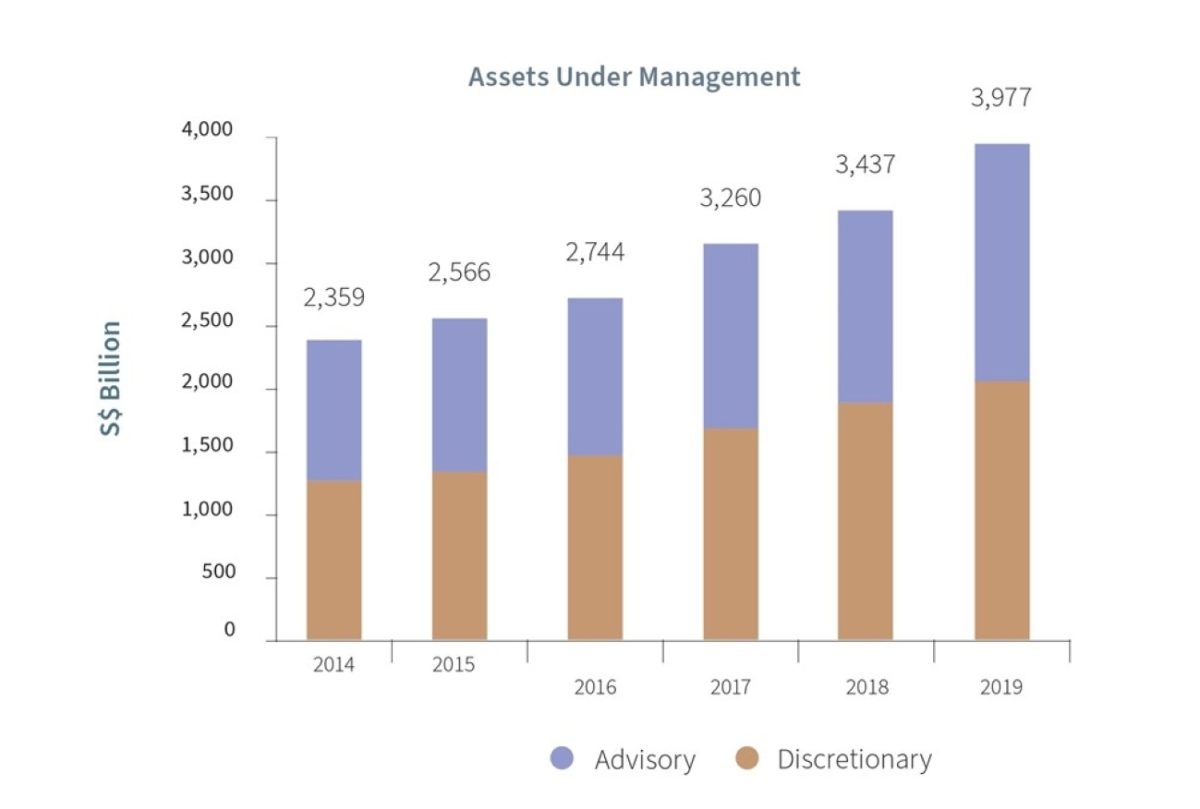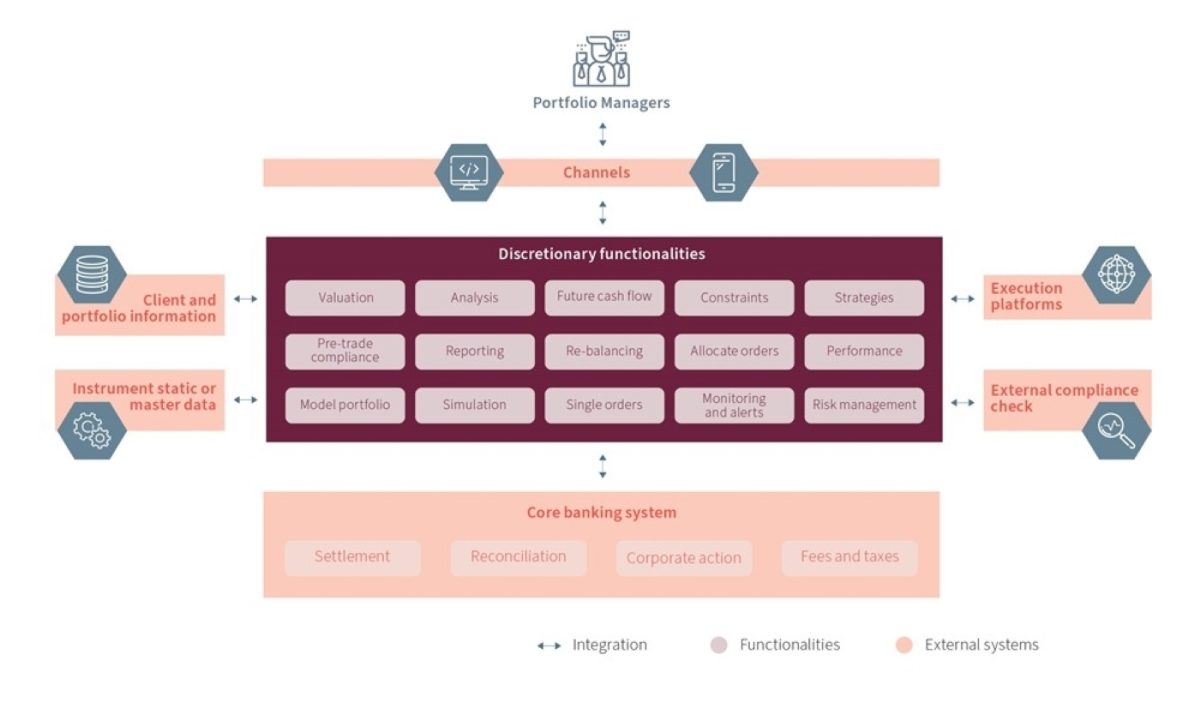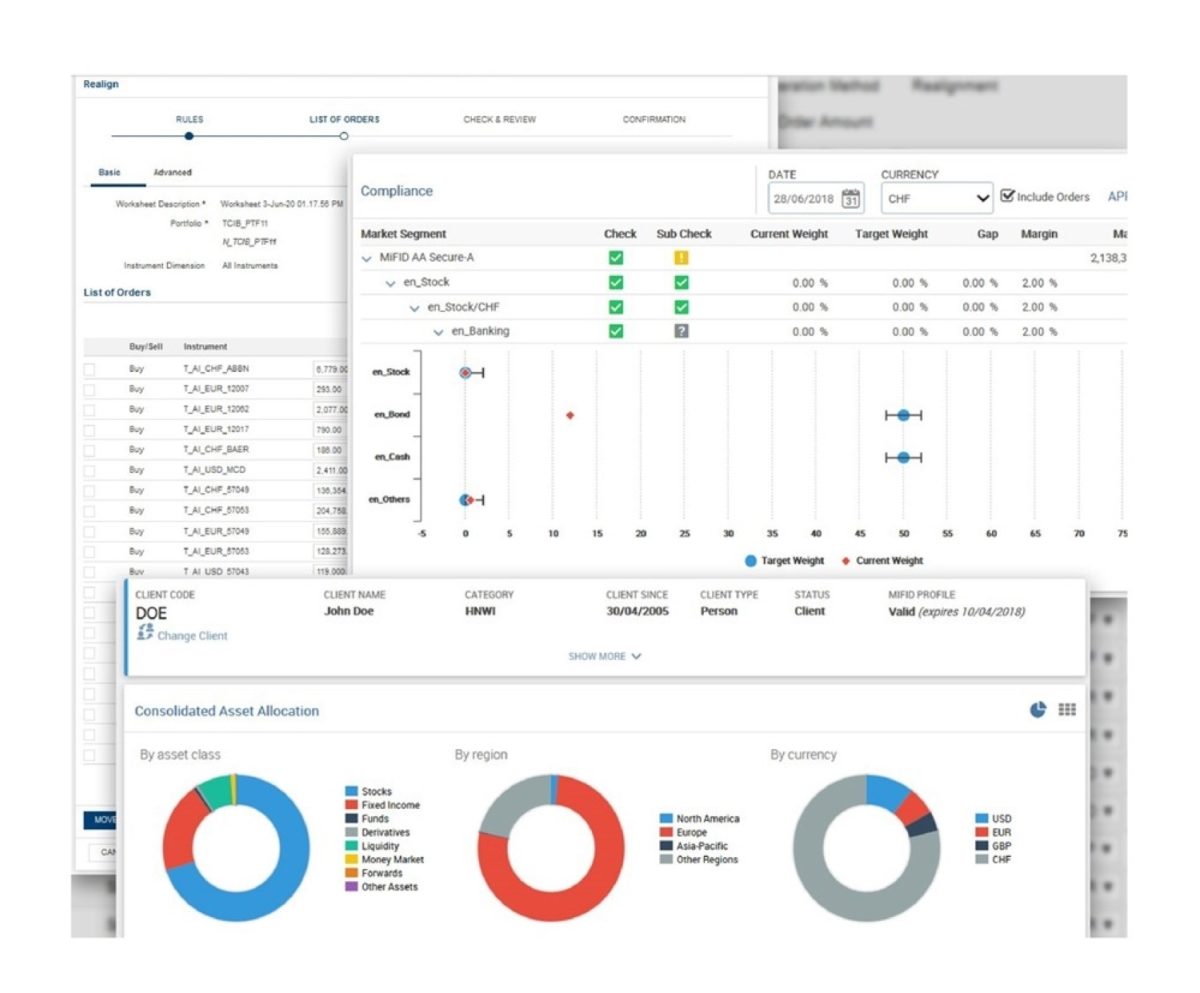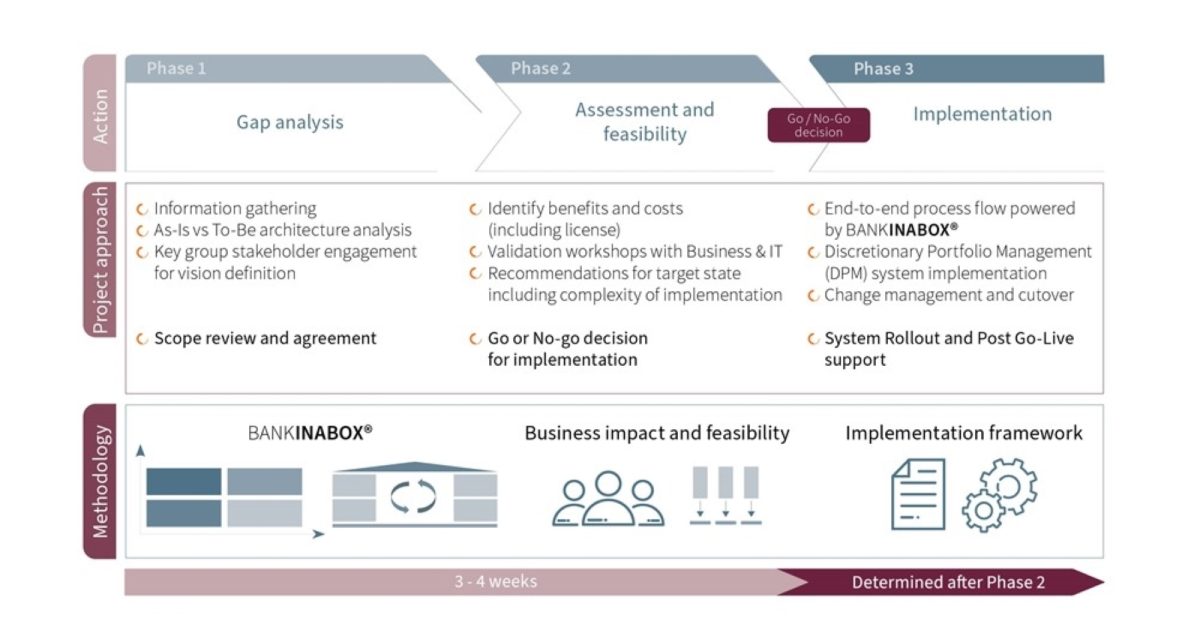In a rapidly evolving and highly competitive market, a best-in-class platform is a need of the hour in the thriving Discretionary Portfolio Management (DPM) industry.
Portfolio management institutions across the globe are engaged in a real battle, involving rapid changes from the regulatory agencies, coupled with changing investor preferences and margin compression. As the cost pressure continues to rise, it is important to “do more with less” across every area of operation.
The private banks in Singapore and Hong Kong have witnessed a 20% to 40% growth in DPM assets over the last three years, and it is predicted to grow even further in the next years.1 As the core activity of portfolio managers is to generate alpha for the growing clientele efficiently, it is essential to optimise portfolio management systems to have a positive impact on the bottom line.
However, freeing up employees so that they can dedicate more of their time to revenue-generating activities, rather than manual work, is just one driver of technology investments. Other drivers, which include better transparency, informative data, and operational risk reduction, are pivotal today.

Challenges
Many portfolio managers still rely primarily on spreadsheets or legacy systems, and the key challenge with these options is the lack of controls. This leads to a high probability of human errors when dealing with thousands of lines of data. For example, an incorrect formula in one cell or an improper drag of the cursor can lead to severe losses.
Due to fragmented information, such as asset allocation, sector-wise allocation, and currency exposure, which are used for risk assessment and stored across multiple channels or applications, portfolio managers spend a lot of time collating these data points to arrive at optimal investment decisions. This manual process causes delays in gathering holistic information, which in turn leads to an increased time to market.
Moreover, growth in assets under management (AUM) leads to an exponential increase in transactions, which could cause operational inefficiencies and a higher probability of errors. Many of these operational risks relate to manual processes when:
- Launching new investment mandates and setting up bespoke mandates
- Maintaining complex asset class trees and allocations at various levels
- Monitoring allocations based on investment mandates and exposures
- Setting up exotic asset classes such as alternatives, private equity, and complex structures
Having a robust and fully digital portfolio management system that helps to address these challenges faced by the portfolio management industry goes a long way to support ongoing improvements in driving a healthy bottom line.
Best-in-class platform
To address the aforementioned challenges and ensure a strong performance in this highly competitive industry, an ideal DPM platform is expected to offer key capabilities, such as:
- Globally aligned data for model portfolio, target asset allocation, global, and local guidelines
- System-driven business rules, pre-trade compliance checks, and other regulatory checks by integrating with external systems during order placement
- Seamless order lifecycle with automatic rebalancing and order flow
- Reduced manual checks in position valuation and performance calculation
- Personalised and high-quality client reports
- Ease of integration with Portfolio Manager’s workbench, external systems, and digital channels
- Automated regulatory reporting
These features enable portfolio managers to have a smooth functioning of the day-to-day business with lesser operational risks and manual errors.
The framework for the best-in-class solution is depicted in the diagram in Figure 2, with the various business functions and integrations with the supporting other satellite systems.

In the current market, the Temenos WealthSuite Front Office has been proven to be a powerful wealth management solution that is specifically designed to address the challenges portfolio managers are facing, helping them to run a sustainable and profitable business.
The WealthSuite Front Office has been constructed from the onset to address these goals and help firms leverage technology to offer better service while protecting margins. It provides seamless end-to-end workflows, resulting in lower costs and higher efficiency. Multiple global banks and market leaders have adopted this solution for their portfolio management business, substantiating this claim. A glance of the Temenos WealthSuite Front Office is shown in Figure 3.

Why Synpulse?
Synpulse's clients receive a comprehensive service that covers each phase of the project lifecycle. During the specialised organisational and technological implementation, Synpulse supports and complements our clients’ project teams with subject matter experts and IT specialists.
In order to successfully drive implementation forward in a targeted manner, Synpulse has developed the SPEEDmethod®. This method delivers systematic and structured processes regardless of project size and type. Synpulse also adopts an integrative team approach — forming joint teams with various stakeholders and attaching great importance to mutual learning via knowledge sharing and methodological exchange. This ensures that the capabilities for a sustainable operation are built up and retained.
Synpulse has a strong track record in the implementation of DPM solutions across different regions. We are proud to be a highly recommended implementation partner of Temenos for their WealthSuite Front Office and Temenos DataSource solutions. Most recently, we successfully rolled out the Temenos WealthSuite Front Office solution for a Swiss private bank in Singapore and brought the bank’s DPM business to the next level. At the same time, Synpulse has accompanied various banks and investment companies across Asia, the Middle East, and Europe in the different stages of their DPM system implementation.
On top of on-site delivery capabilities and expertise, Synpulse also offers an offshore delivery model. The right mix of onshore and offshore delivery teams ensures not only adequate expertise and scalability throughout the project, but also cost efficiency.
Implementation approach
Synpulse’s delivery of an end-to-end implementation from the definition of the Target Operating Model (TOM) to post Go-Live support is depicted in Figure 4.

Gap analysis
The gap analysis phase consists of information gathering from the various business stakeholders, including the portfolio management and investment risk teams, as well as a detailed analysis of the As-Is versus To-Be architecture. Key stakeholders are engaged to define the vision of the implementation. The key deliverable is the Scope Review and Agreement.
Feasibility assessment and design
The primary activities in this phase involve identifying the benefits and costs of the implementation, including licences. Validation workshops are conducted with both business and IT stakeholders. The key deliverable is a recommendation report detailing the target state and the complexity of the implementation. A Go or No-Go decision is made at the end of this process on whether to proceed with the implementation.
Implementation
The implementation phase starts with the project kick-off by identifying and assembling the team for project governance, project management, functional lead, technical lead, and change management. Synpulse follows the proven best practices in Software Development Life-Cycle (SDLC) that involves the development and various cycles of testing, as well as the subsequent Go-Live and post Go-Live support.
Synpulse’s expertise helps to craft the flow of the various modules and the related tasks for the different teams involved in the end-to-end delivery and Go-Live. Once the platform is rolled out successfully, a project transition plan is in place to ensure a smooth transition from the implementation phase to the maintenance phase.
Achieve your DPM vision
As a discretionary portfolio manager operating within a dynamic market of ever-changing regulations and client needs, manual tasks must be significantly reduced to enable greater allocation of time to scout for opportunities in the market and create wealth for their clients. To facilitate this, a strong and proven Discretionary Portfolio Management platform is a must.
Synpulse turns your DPM strategy into a value-creating reality with subject matter expertise and a proven track record in end-to-end implementations.
1 Asia’s Richest Delight Banks by Abandoning their Trading Egos (Bloomberf, 21 Feb 2019).
2 2019 Singapore Asset Management Survey (MAS, accessed on 4 Aug 2021).


